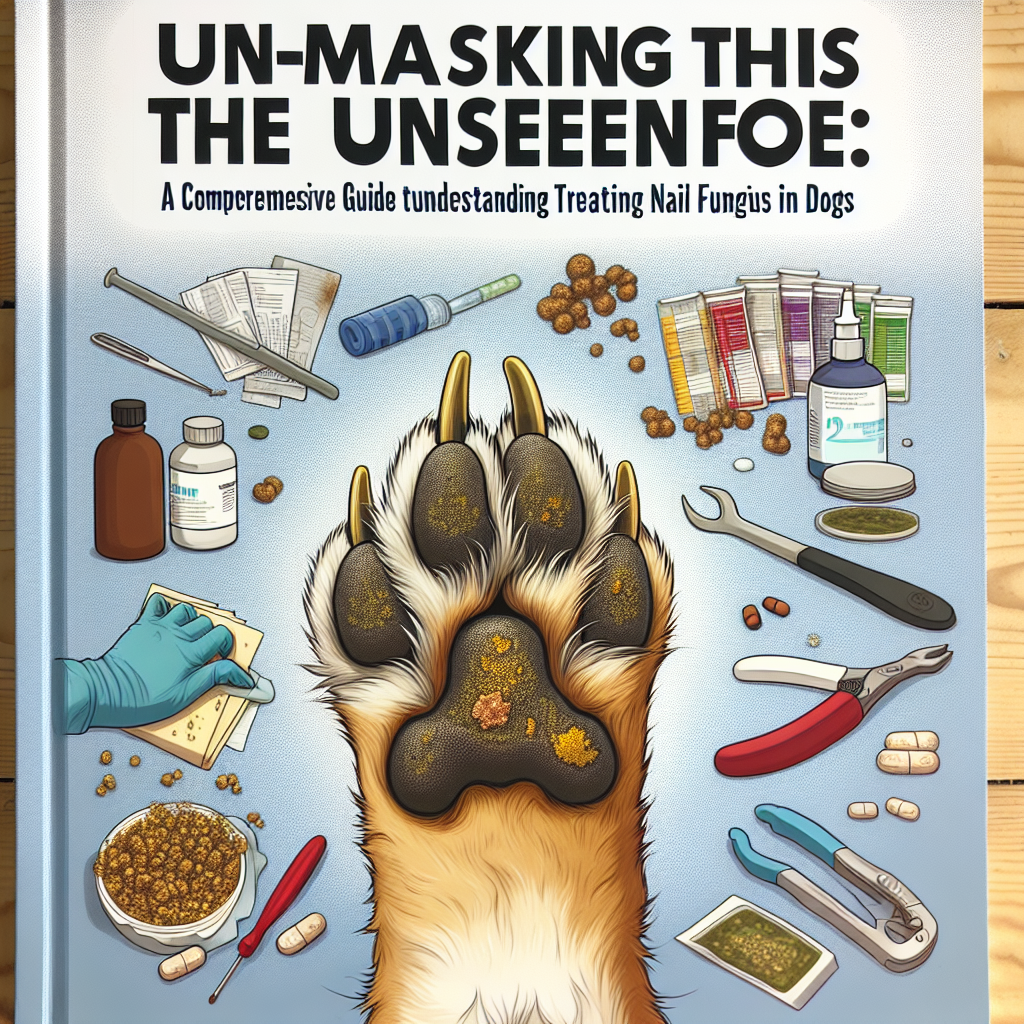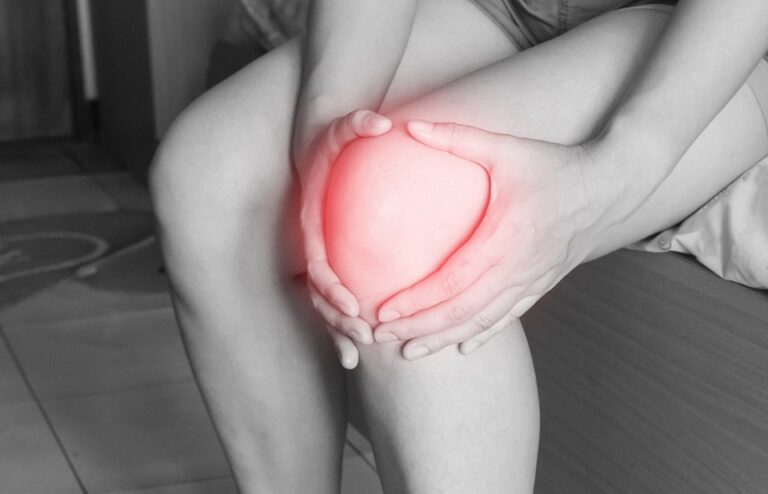Anyone who’s ever had a faithful canine companion knows that these furry friends are so much more than pets; they’re family. Unfortunately, just like their human counterparts, dogs can experience health issues that require swift attention and care. Among these health challenges, nail fungus in dogs is a common yet under-discussed problem. But even though it’s unseen to the naked eye, it can cause significant discomfort and health problems for your valued family member. This comprehensive guide aims to enlighten you about the unseen foe in canine health: nail fungus.
Nail fungus in dogs, scientifically known as Onychomycosis, is caused by distinct fungi types: Dermatophytes, Yeasts, and Molds. These fungi tend to thrive in dark, damp places, making your dog’s paw the perfect breeding ground, especially in rainy weather or damp environments.
It is important to note that nail fungus is not merely a cosmetic issue; it can be an indicator of an underlying health problem and cause serious complications if left untreated. Infection can lead to the decaying and falling off of nails, lameness, and in severe cases, affect the bone leading to a painful condition called osteomyelitis.
Unmasking this unseen foe requires a keen eye for subtle changes and immediate action. Here are five informative tips for understanding and treating nail fungus in dogs:
-
Know The Signs: Familiarize yourself with the symptoms. These can include discolored nails (yellow, brown, or green), brittle or cracked claws, an unusual odor from the feet, paw licking or chewing, and visible discomfort while walking.
-
Consult A Veterinarian: A veterinarian can confirm if your dog has nail fungus through tests. The standard procedure involves a physical examination, microscopic examination of nail debris, or a fungal culture. It is critical not to self-diagnose or take treatment into your own hands without professional advice.
-
Understand Treatment Protocols: Antifungal medication is typically the first line of defense against nail fungus. Available in topical, oral, or injectable forms, the recommended type and duration of medication will depend on the nail fungus severity.
-
Ensure Regular Paw Care: Regular trimming of your dog’s nails can lessen their chance of developing nail fungus. It can allow better air circulation around the nail bed, making it less conducive for fungus growth. Clean their paws after walks especially in damp weather or environment, and dry them properly.
- Promote Good Health: Lastly, maintaining your dog’s overall health can reduce their susceptibility to nail fungus. Feeding them a balanced diet, ensuring they have a clean, dry living environment, and regular health check-ups can go a long way in preventing nail fungus and other health issues.
Underpinning the fight against nail fungus in dogs is understanding the disease’s nature, the following facts shed more light on this:
• Dermatophytes, the most common cause of nail fungus in dogs are environmental fungi. They may be present in soil, other animals, or even human beings.
• Dogs with compromised immune systems (due to age, disease or stress) are more susceptible to nail fungus.
• Certain dog breeds such as terriers, spaniels, and hounds have a higher risk of developing nail infections due to their genetic predispositions.
• Unlike human nail fungal infections which mainly affect the toenails, dog’s fungal infections can affect both toenails and claws on the feet.
• Frequent exposure to water or humid environments can increase a dog’s risk of getting a nail fungus.
• Nail fungus can be contagious. If one of your pets is diagnosed with nail fungus, separate them from other pets until they are fully treated.
Unmasking the unseen foe called nail fungus is a vital step to ensure the well-being of our dogs. Armed with the knowledge, you are now equipped to identify, understand and take necessary actions should your furry friend show signs of this condition. Remember, when it comes to your dog’s health, vigilance, and preventative care go hand in hand in ensuring a happy, healthy companion.








